OALP XIX Seminar 9
Wednesday, August 21, 2019
Our seminar began at the High Plains Technology Center in Woodward, Okla. The High Plains Technology Center is a career technology center serving seven school districts. Students can attend their junior and senior years of high school and transfer 30 to 40 hours of credit to Panhandle State University. In response to students entering without basic knowledge of tools, they recently started the Technical Applications Program to prepare students as young as 5th grade to be successful in a Career Tech program. We started in the wind turbine technician program. Jack Day, program director, explained how students learn safety, climbing, high voltage/low voltage, evacuations, electrical circuits and motors through the program. They do fault simulations on in-classroom turbines. Jack Day emphasized that students must have integrity, be accountable and be dependable to succeed in the program. Next we moved to the indoor training tower. The tower is used to train both new technicians as well as providing continuing education and certification to existing technicians. It is one of only three Global Wind Organization certified training centers in the U.S. and serves clients from all over the country and even internationally.
Steven Rogers outlined the five day basic safety training they do for GWO. It includes two days of heights, two days of medical and rescue, and one day of fire and handling. Kayla, an instructor in the program, makes the medical days a little more real by doing gruesome makeup jobs. She took only a few minutes to put a blistered burn dripping blood on Allan Poe. Our chairperson, Zak Nulik, led off the heights demonstration by climbing up the tower and then wriggling out of the evacuation opening and sliding down on a rope. Next we headed to the Woodward Event Center. Executive Director Jon Marc Holt gave us a tour of the main building. The event center is funded through tax assessments and rental income. Events include weddings, livestock shows, and expos. We enjoyed lunch, sponsored by Farm Credit of Western Oklahoma, while Vice President Lance England discussed Farm Credit’s programs for supporting both producers and youth.
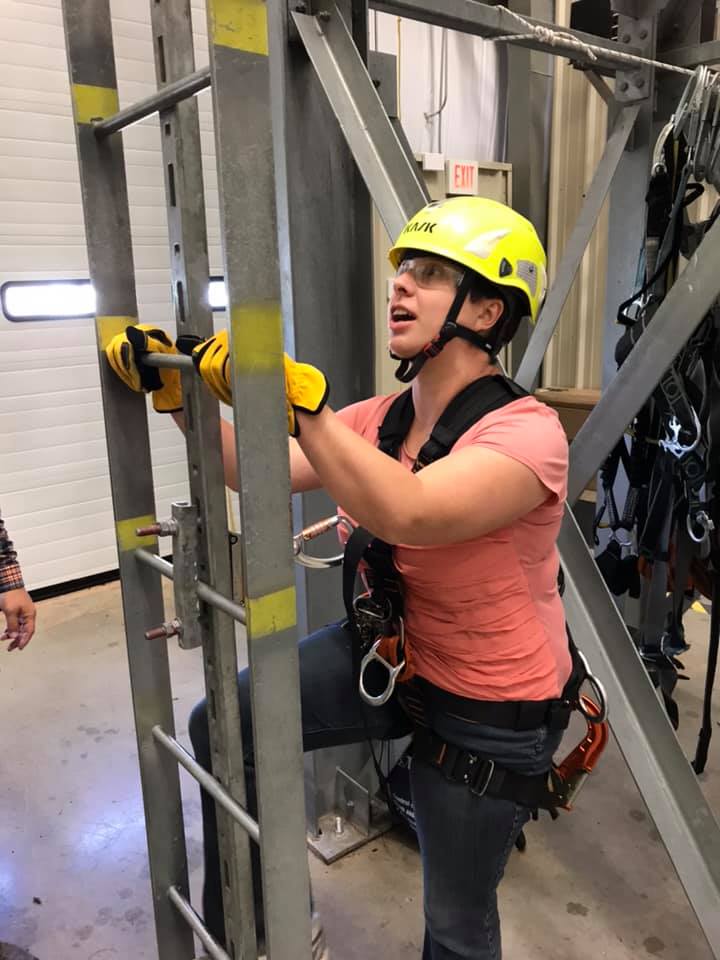
After lunch, we drove to Guymon. We kindly thank Raylon Earls (Class VII) for coordinating our tours for this seminar. Hitch Enterprises was founded in No Man’s Land in 1884. It focused on grains and added beef cattle in the 1950s. Chris Hitch (Class XVI), co-CEO of Hitch, gave us a tour. He discussed what he looks for when buying cattle (dependability and predictability), trade (tariffs and ASF in China) and breeds (Holstein and Charolais). Chris especially focused on learning to manage the operation. We stopped at the feed lot and met the manager, Chris Duncan. The feed lot was built on relatively high and very well drained ground. We discussed the aspects of operating the feed yard from regional feed cost difference to pen filling theory, from employee skill sets to counting cows. We boarded back onto the bus and drove to the Texas state line where we talked about diversifying into energy. Hitch has wind turbines owned by a South Korean company. Those haven’t been a successful venture so far. They currently put effluent on grain fields but are looking at natural gas options.
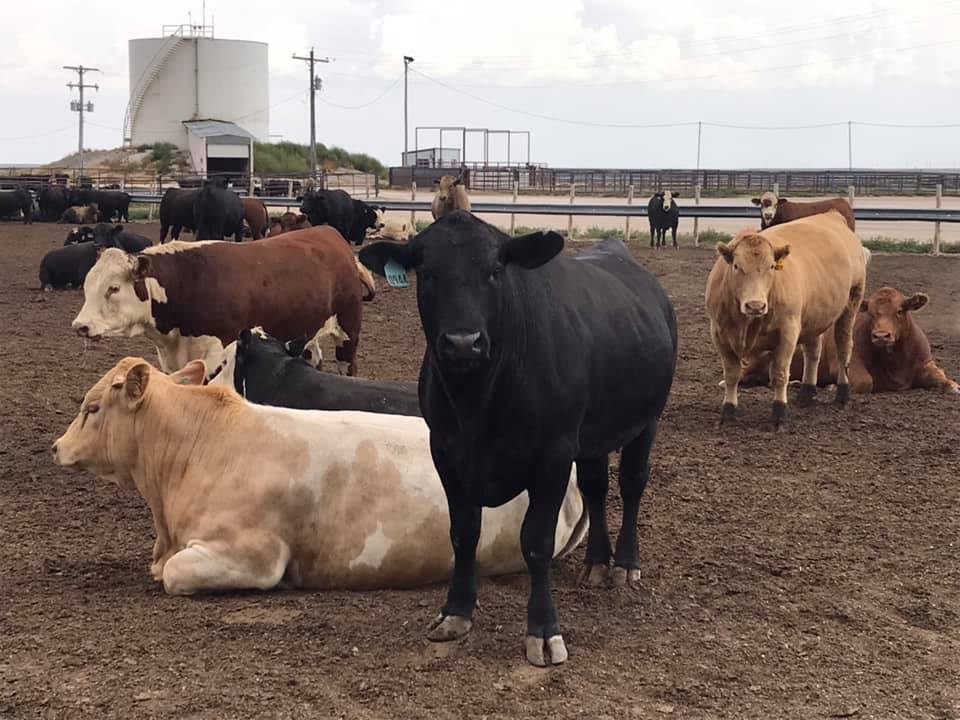
Finally, it was time for dinner. We headed to a small neighborhood of houses of Hitch owners and employees. Jim Quimby (Class XI), senior vice president of Bank of the Panhandle, and Raylon cooked up fajitas for everyone. After dinner we gathered in the living room to hear from the evening’s speakers. Todd Adams, Hitch Ranch manager, spoke about how the ranch acts as a stocker operation for the feed yard, focusing on getting animals healthy after purchase and transport. The ranch is right next to the house and provides 10 – 20% of the cattle for the feed yard.
Dr. Tim Faltyn, president of Oklahoma Panhandle State University, spoke next. OPSU was close to being shut down when he was asked to turn it around. This was difficult. The university had a 35% turnover in his first two years. He had to end many programs because it wasn’t feasible to continue them. He emphasized that people will follow you anywhere if you give them a reason. His goal is to “Be really good at what we’re good at.” When he ended underperforming programs, there were more resources for successful programs. Rodeo has become a strength, bringing home multiple national championships. They have also focused on softball, business and IT. The university also has formed community partnerships to accomplish what it can’t on its own. A football facility was recently built to serve the university plus three separate high schools, which would have been financially impossible for any one school to accomplish. They’ve also built a shooting facility and established the “Panhandle Promise,” a full-ride scholarship for teachers who agree to stay in the area for two years after graduation. Finally, we heard from Jason Hitch (Class IX), co-CEO of Hitch. He continued where Chris left off in the afternoon, discussing diversification, including hemp and management software, as well as management issues and the move towards automation.
Thursday, August 22, 2019
We started our day at Seaboard Farms swine processing plant with a presentation from Joe Locke and Jennie Watkins who gave us an in-depth look at the company and highlighted some of the various facilities across the country. They shared details on the business being divided into four different areas (Feed Mill/Farm Operations/Processing/Bioenergy). The Guymon plant opened in 1995 and was operating at full capacity by 1997. The plant was originally a beef processing plant before being converted into the Seaboard facility. The plant processes around 4.9 million hogs per year and is a top 10 pork processor. After the presentation, we toured the plant to get a close look at various stages of processing.
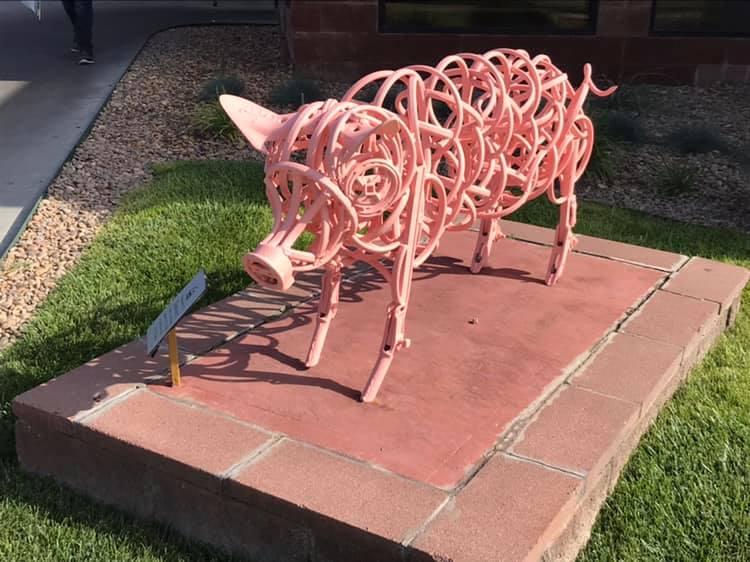
We departed Seaboard Farms and were on our way to lunch at the Chicken House. We huddled up around the house to listen to Jarrod Stewart share a little about the area and his farming operation. We entered the small country home and were blown away from start to finish with one of the best meals we’ve had during a seminar. The ladies who own and operate the business were a delight and enjoy hosting people in their small piece of paradise in northwestern Oklahoma. With our bellies full, we loaded the bus to head to Boise City. We stopped at the Cimarron Heritage Center for a short tour and service project. We were greeted by Jody Risley. The museum was unique and had a ton of history about northwestern Oklahoma. Our group looked around on our own pace and soaked up the information. We knocked out our service project in no time, which included sweeping, changing lightbulbs and light cleaning duties around the grounds of the museum.
Our next stop was the Stewart farming operation outside of Keyes. We were hosted by J.B. and Jarrod Stewart to discuss their dry land farming operation. They shared details on their insurance business, grain storage, equipment and land. They were happy to show us a sorghum field and show us a few pieces of equipment they have developed. We ended the day with dinner at Draper Farms Headquarters. We were greeted by the Guymon Chamber of Commerce and Guymon Ambassadors. They welcomed us to their community and shared some of their favorite things about living in the area. We were able to browse around the Draper Museum and look at the wide variety of collections. We were treated to a pork chop dinner by Joe Locke of Seaboard Foods and had a brief message from Representative Kenton Patzkowsky.
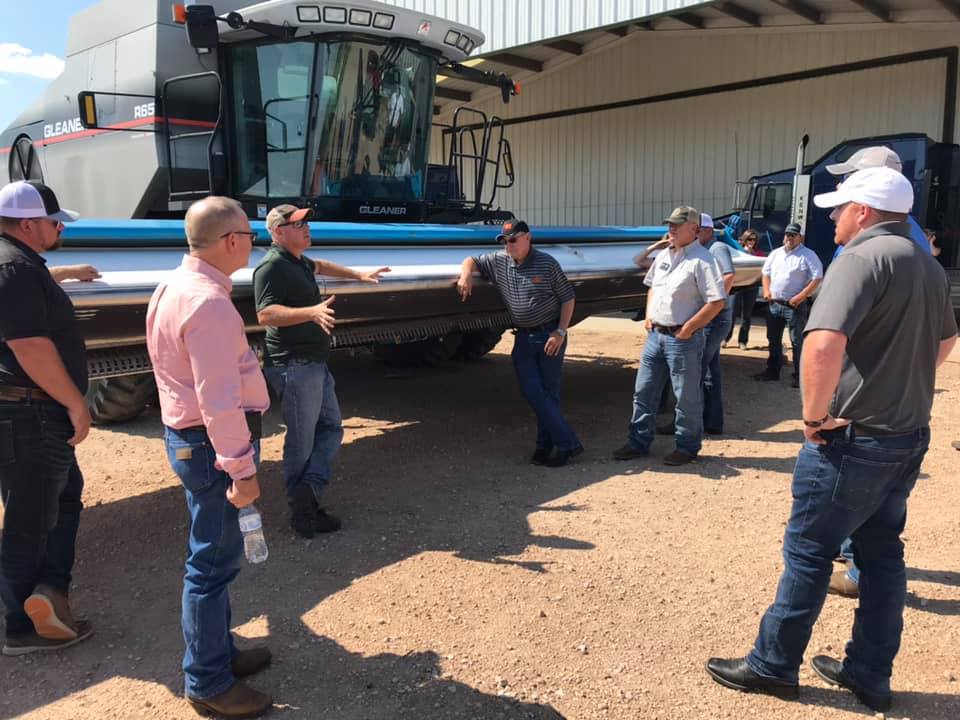
Friday, August 23, 2019
We checked out of our hotel in Guymon and headed to Liberal, Kansas, to tour National Beef Packing Company, a beef processor and supplier. We were greeted by Terry Gilbert, operations controller, and a few of his staff as we were briefed on safety procedures needed for the plant tour. National Beef employs approximately 3,000 employees and processes 6,000 cattle each day. We toured their fabrication and rendering lines, seeing firsthand how a carcass is processed. We also made a visit to the plant’s food safety testing lab, where they work to monitor the effectiveness of food safety processes. We wrapped up the tour by seeing their cold storage facility, where 110,000 boxes of finished product are stored and shipped.
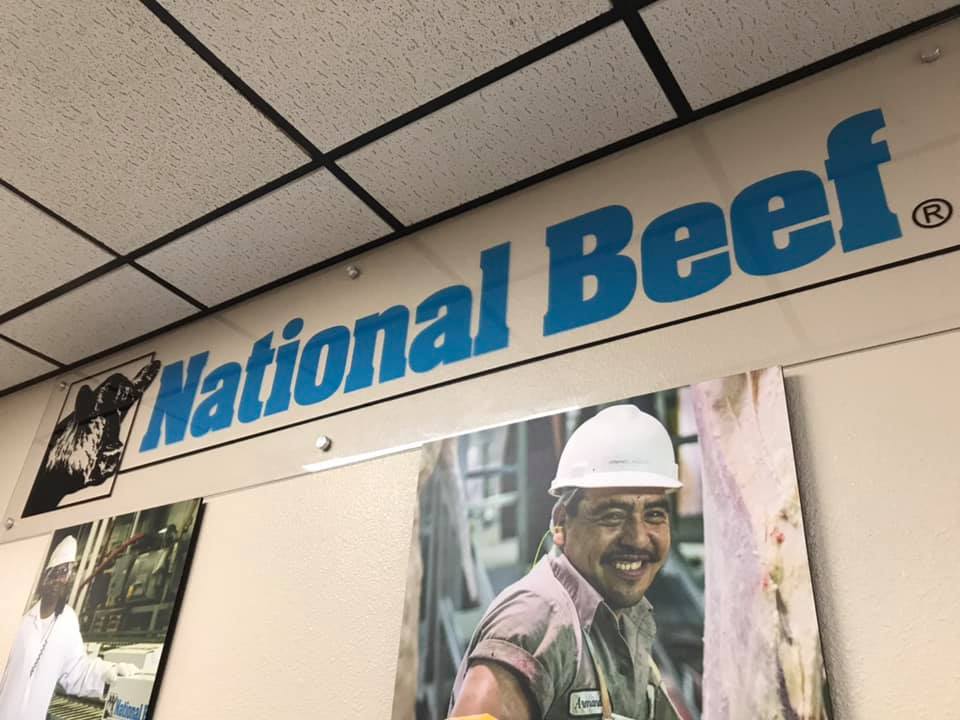
Our next stop of the day was the Mid-America Air Museum, one of the largest air museums in the country. Museum Director Bob Immell gave the class a tour of the more than 100 aircrafts the museum possesses. The museum’s collection is very diverse, with many aircrafts dating back to the early 1930s. The collection includes aircrafts from wars such as World War II, Korean War, and Vietnam War. Additionally, we saw aircrafts from the Wood and Cloth Era and the Civil Aviation boom. We enjoyed a quick lunch at the museum before departing for the last stop of the day.
High Plains Ponderosa Dairy started in 2001 and has continued to grow. The dairy operates one of the largest rotary milking parlors with 110 stalls in the rotary and a cow entering the rotary every four seconds. About 14,000 Jersey, Holstein and cross-breed cows are milked two times a day at the dairy. Once a cow enters the rotary, its milking unit stays on for about four minutes as the rotary makes its rotation. Dairy Manager Chris Yohn explained that rotary parlors are more efficient for workers to milk more cows per hour compared to parallel parlors. In total, 105,000 gallons of milk are produced each day. We also toured the dairy’s 15-acre free stall barn, where 9,500 cows are housed. We loaded the bus and headed home after a great experience in the Panhandle.
Sincerely,
Kristin Young, Class XIX